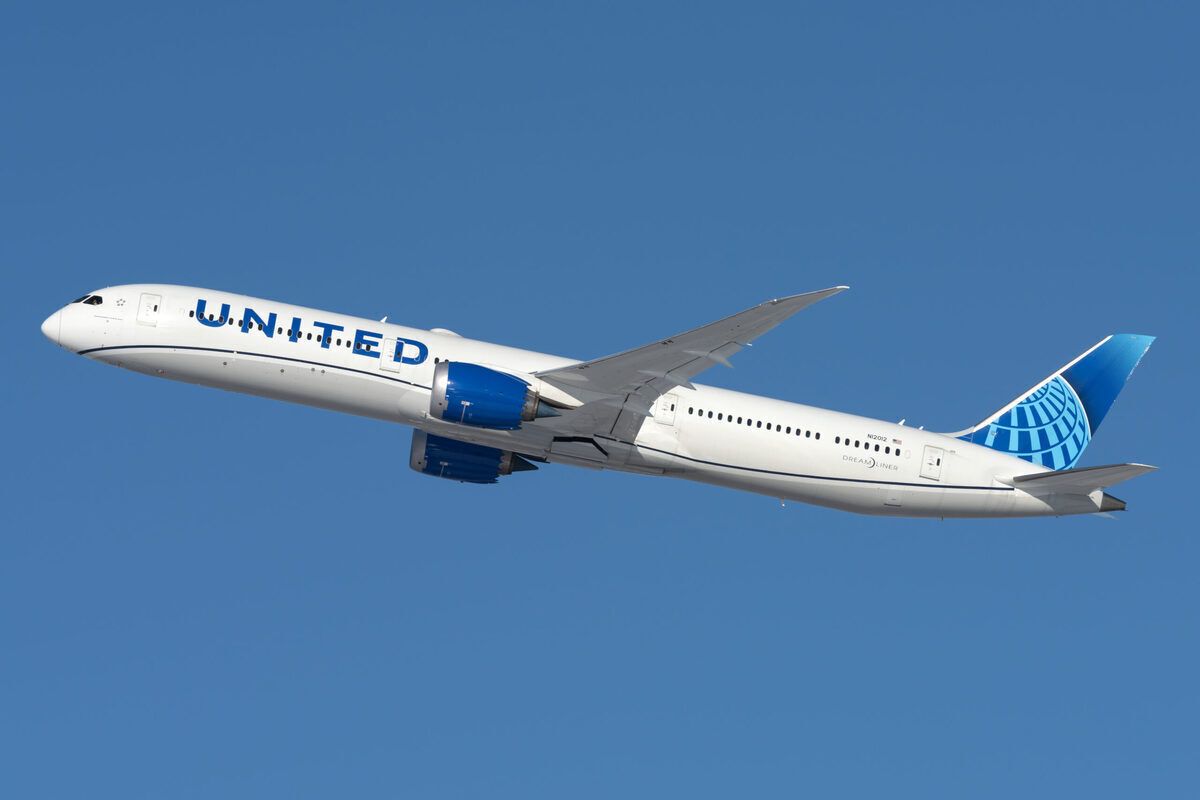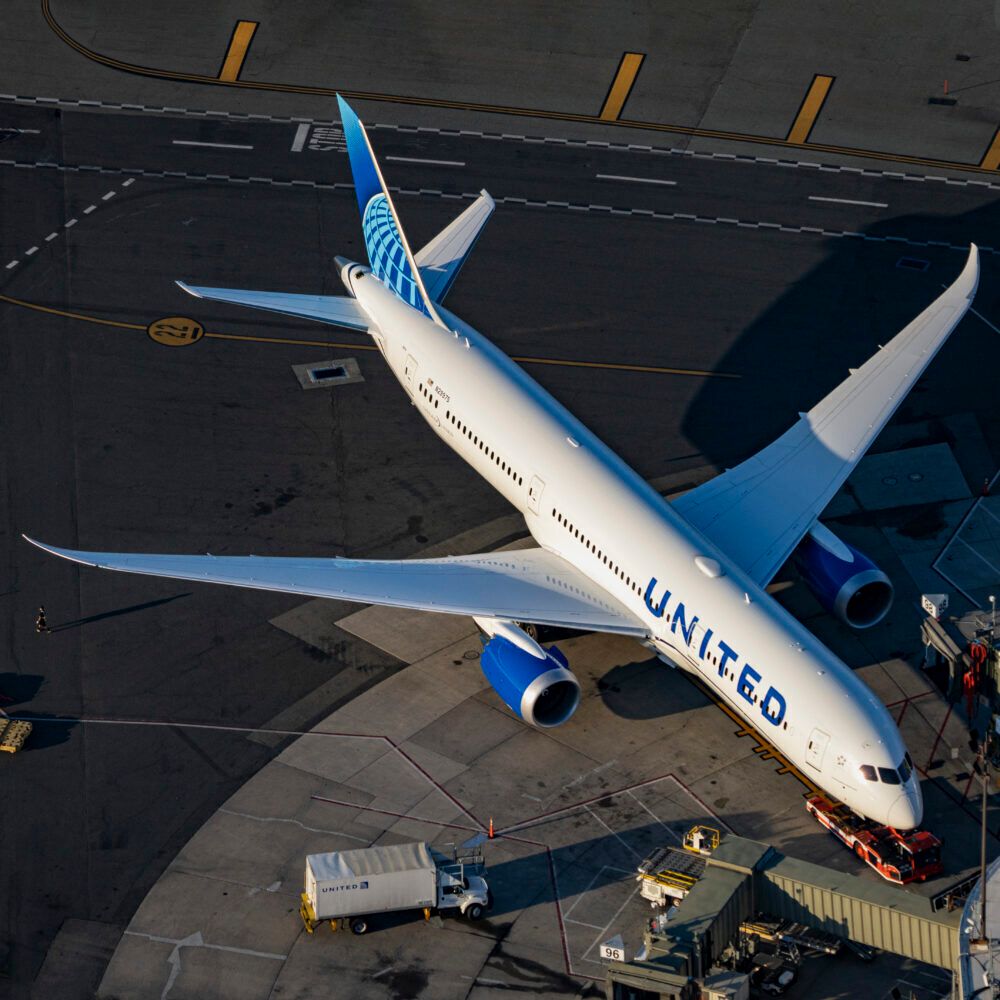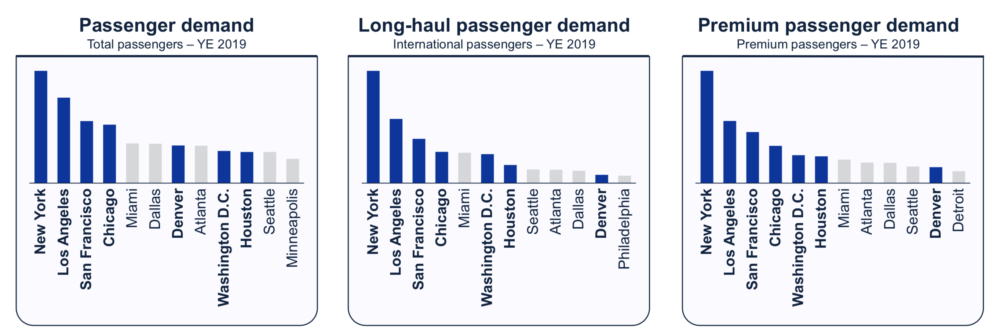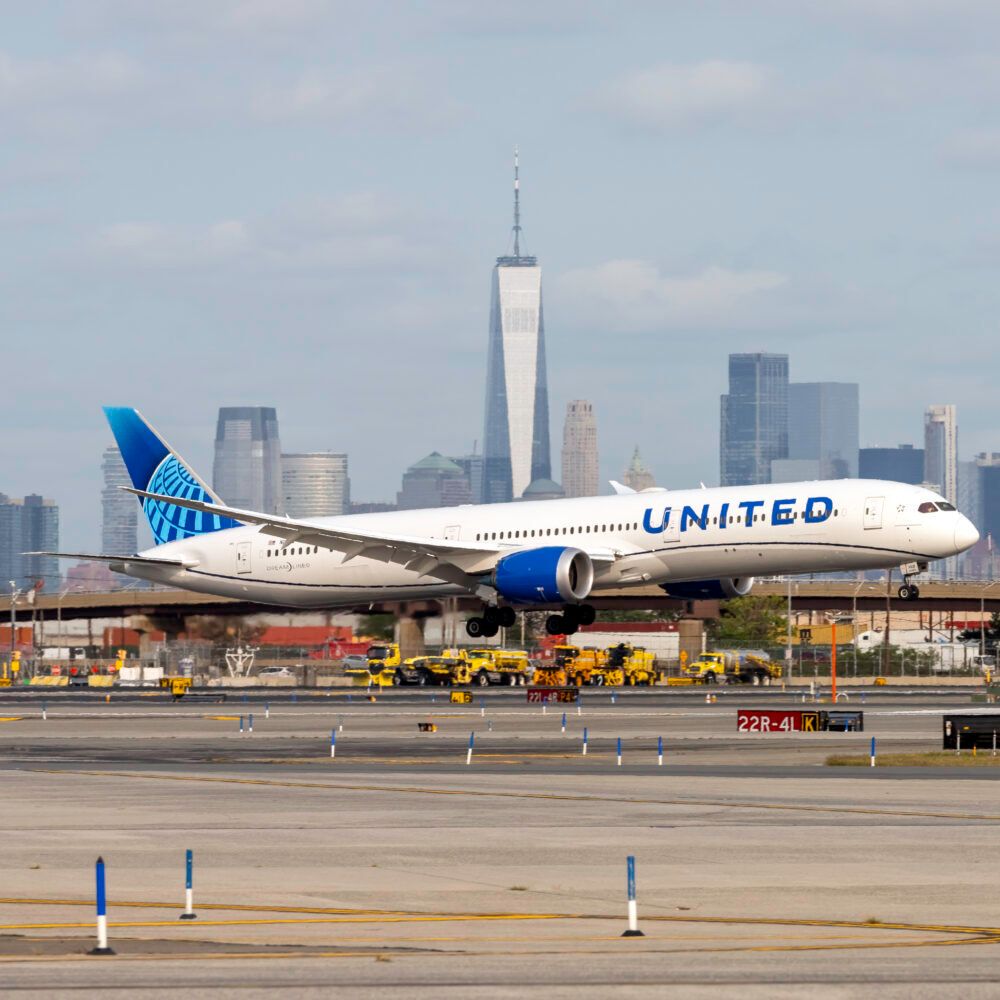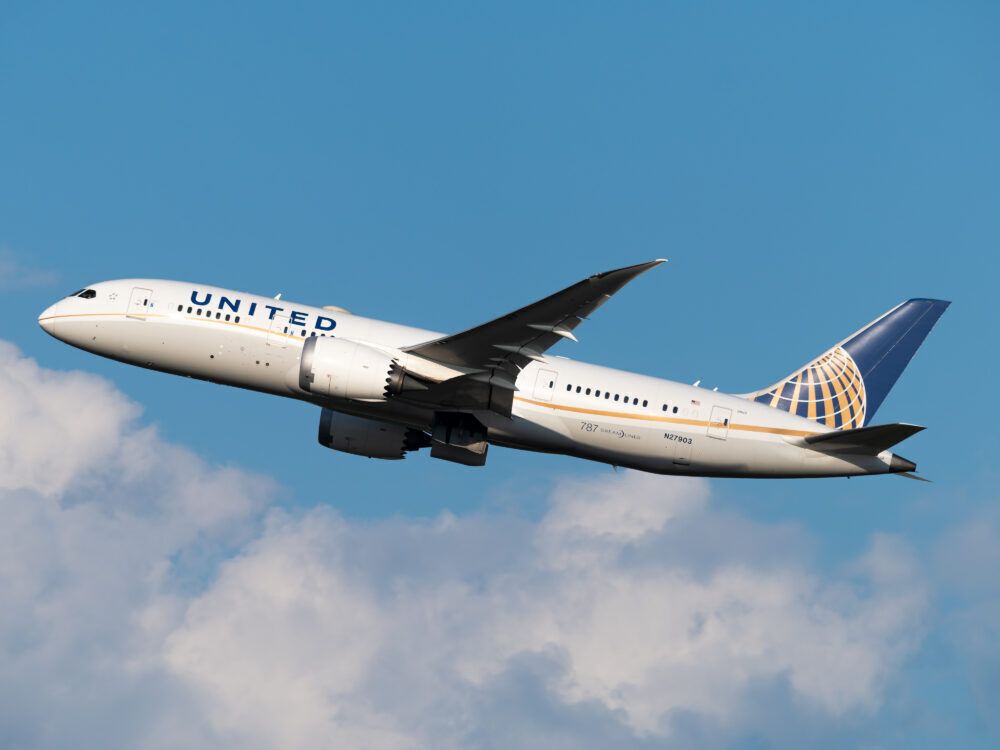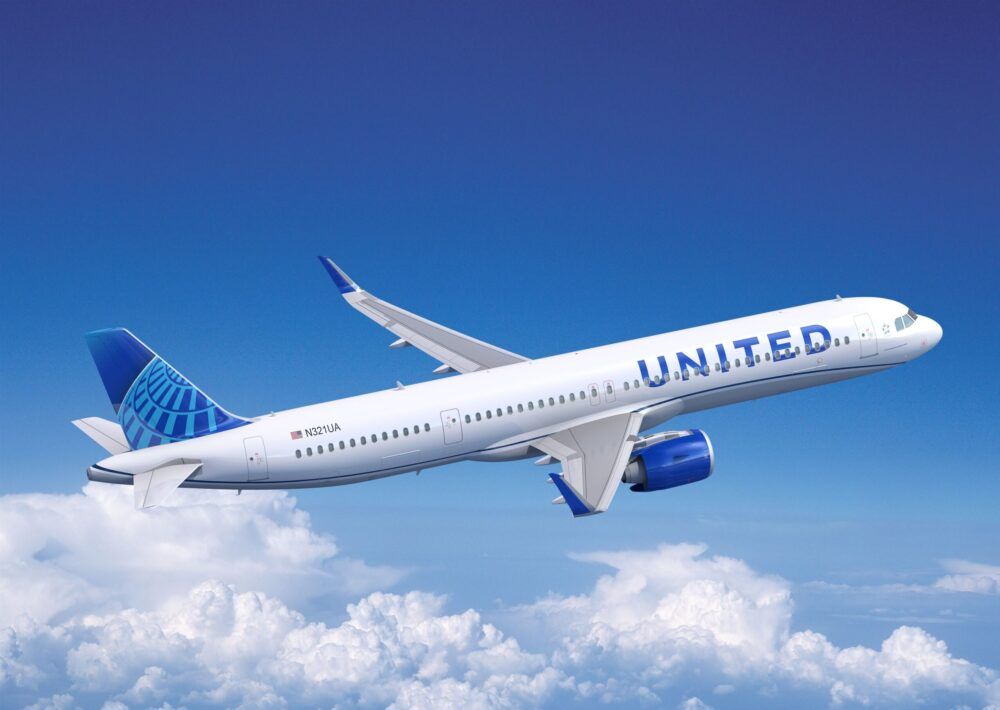United Airlines is getting ready for major international and domestic growth. As United's fleet continues to grow – being one of the only fleets that did not shrink during the crisis – there are plenty of significant opportunities for the carrier both at home and abroad. Here is a look at how much growth United could be primed for.
International expansion is on the horizon
United Airlines is already well-known as an extensive international carrier. However, the airline is sitting on top of some major international growth opportunities. One of the major decisions United made during the crisis was maintaining its widebody fleet – a decision that other major airlines did not follow.
Andrew Nocella, Chief Commercial Officer at United Airlines, stated the following at the airline's United media event on June 29th relating to United's widebody fleet:
"Before the pandemic we had reached agreements, largely with Boeing, and we ordered about 30 aircraft. So if you compare the summer of 2022 versus the summer of 2019, we have 30 more widebody jets at our disposal, again, than we did for the pre-pandemic schedule, that's going to really allow us to announce a bunch of new routes."
While one option is to put the larger widebody jets on more domestic routes, especially on hub-to-hub operations, United would rather put those aircraft into service on long-haul international routes.
United loves its hubs
United emphasizes its seven hubs as catalysts for international growth. Just looking at the airline's hub, the carrier put forward the following graphic emphasizing the strength of its largest gateways.
It should be noted that United's New York City gateway is actually across the river in New Jersey at Newark Liberty International Airport (EWR). However, the airline is still bullish on that hub, given that it remains in proximity to major business centers in New York City.
One of United's key international gateways is San Francisco International Airport (SFO). This airport is near Silicon Valley, a major tech and IT hub, with such incredible demand for travel abroad.
Once United brings back its full SFO schedule, it will be flying to Auckland, Bangalore, Beijing, Chengdu, Dublin, Frankfurt, Hong Kong, London, Melbourne, Munich, Osaka, Tahiti, Paris, Seoul, Shanghai, Singapore, Sydney, Taipei, Tel Aviv, and Tokyo, among other major international hub destinations.
United is also the only US carrier flying to many markets around the world. This includes Tahiti, Singapore, Taipei, Chengdu, Melbourne, and others.
So, United Airlines is not a stranger to operating long-haul international routes that other carriers would find too high risk even to try. The airline has made routes work that other airlines struggled to operate.
As for where the airline will target those 30 additional widebodies, it has remained mum on where it plans to devote additional flying. Much of the airline's growth will depend on the travel environment in 2022 and whatever has to be done on the Pratt & Whitney Boeing 777s that remain grounded after an engine failure over Denver in February.
Stay informed: Sign up for our daily and weekly aviation news digests.
What about domestic growth?
While international flying is usually the highlight of new route launches, United is also gearing up for growth. Through 2026, the airline is plotting a roughly 4-6% capacity growth per year. About half or more of that growth will come in the form of higher gauge flying, thanks to its massive 270-aircraft order.
However, some of that growth, roughly 1% per year, will come from new routes. United is planning to get its mid-continent hub departures up to roughly 650 flights per day. While much of that will come from growing frequency, gauge, and efficient aircraft utilization, the airline can still add new flying.
Domestically, hubs like Denver and Houston could see some of the highest growth in the domestic market. Denver, in particular, is expanding its terminal facilities, and United is expected to benefit from more physical room to grow. Mid-continent hubs are also key for the airline's domestic connectivity.
Another indicator of growth is where United plans on growing job opportunities. United advertises that, by 2026, it expects the following seven hubs to see an estimated 25,000 new jobs:
- Up to 5,000 new jobs at Newark (EWR)
- Up to 4,000 jobs at San Francisco (SFO)
- Up to 3,000 jobs at Washington D.C. (IAD)
- Up to 3,000 jobs at Chicago (ORD)
- Up to 3,000 jobs at Houston (IAH)
- Up to 3,000 jobs at Denver (DEN)
- Up to 1,400 jobs at Los Angeles (LAX)
At the end of the day, United Airlines is poised for major growth. It is growing in overall shell count, and some exciting international growth should come heading into summer 2022.
Where do you want United Airlines to grow next? Let us know in the comments!

